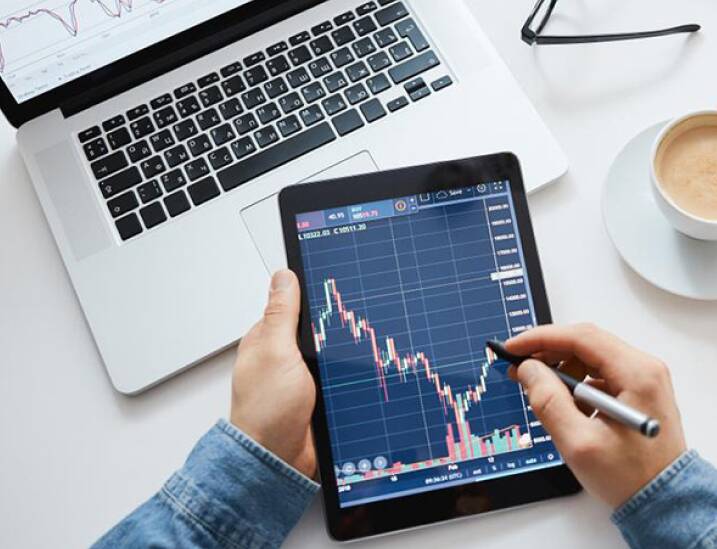In the ever-evolving landscape of digital asset trading, understanding the dynamics of volume is essential for any trader, especially those engaged in day trading, often referred to as DOM trading. Volume, the lifeblood of market activity, acts as a barometer for market sentiment and liquidity.
It influences price movements, shapes trading strategies, and ultimately, dictates the success or failure of a trade. As market participants seek to capitalize on fleeting opportunities, the ability to interpret volume data becomes a paramount skill—one that can separate seasoned traders from novices.
This article delves into the significance of volume in DOM trading, unraveling its intricacies while illustrating why it matters not just as a metric, but as a pivotal component of effective trading strategy. Join us as we explore how understanding volume can enhance your trading prowess, empower better decision-making, and navigate the tumultuous waters of the trading world with greater confidence.
What is DOM Trading?

DOM trading, or depth of market trading, refers to a method used by traders to analyze and execute orders based on the real-time supply and demand for a particular asset. At its core, it involves scrutinizing the list of buy and sell orders above and below the current market price, offering traders invaluable insights into market sentiment and potential price movements.
By diving deep into the intricacies of the order book, traders can gauge the strengths or weaknesses of market trends and identify lucrative opportunities that others might miss. This practice is not merely about seeing numbers—it’s about understanding the psychology of the market participants behind those numbers, which can lead to more informed, strategic trading decisions.
With the right interpretation of DOM data, traders can enhance their ability to react swiftly to market changes, making this method an indispensable tool in the fast-paced world of trading.
The Significance of Volume in Trading

Volume is a critical element in trading that often goes underappreciated, yet it holds the key to understanding market dynamics. Think of volume as the lifeblood of trading activity; it reflects not just the number of shares or contracts exchanged, but also the strength and conviction behind price movements.
High volume can indicate robust interest and validate a price trend, whether it be a surge or a decline, signaling traders to act accordingly. Conversely, low volume can suggest a lack of commitment, creating uncertainty and raising red flags about the sustainability of price changes.
Thus, for those engaged in trading, especially in the nuanced world of DOM (Depth of Market) trading, recognizing and interpreting volume patterns can differentiate between sound decisions and costly missteps. It is this interplay of involvement and momentum that shapes the very fabric of market behavior, illustrating why volume is not just a number, but a telling narrative in the saga of trading success.
Conclusion

In conclusion, understanding the role of volume in dom trading is crucial for navigating the complexities of the financial markets. Volume not only reflects the level of activity and interest in a particular asset but also plays an instrumental role in enhancing market liquidity and stabilizing price movements. Traders who grasp the nuances of volume, including the depth ofthe market, can make more informed decisions, identify potential trends, and manage their risks effectively.
Ultimately, by incorporating volume analysis into their trading strategies, participants can enhance their chances of success, leading to more calculated and profitable trading endeavors.


